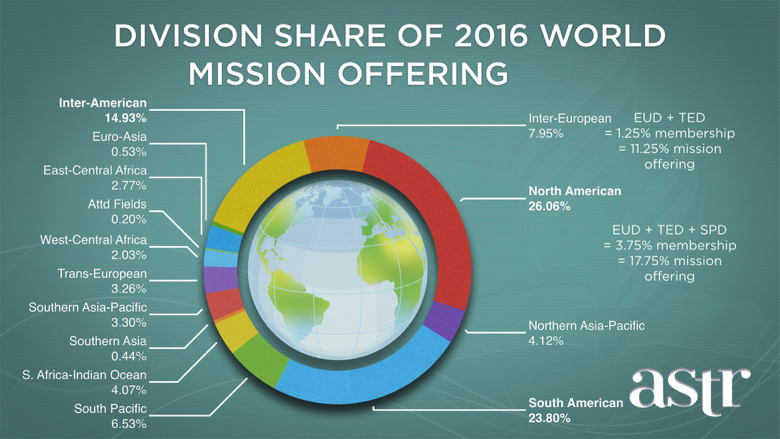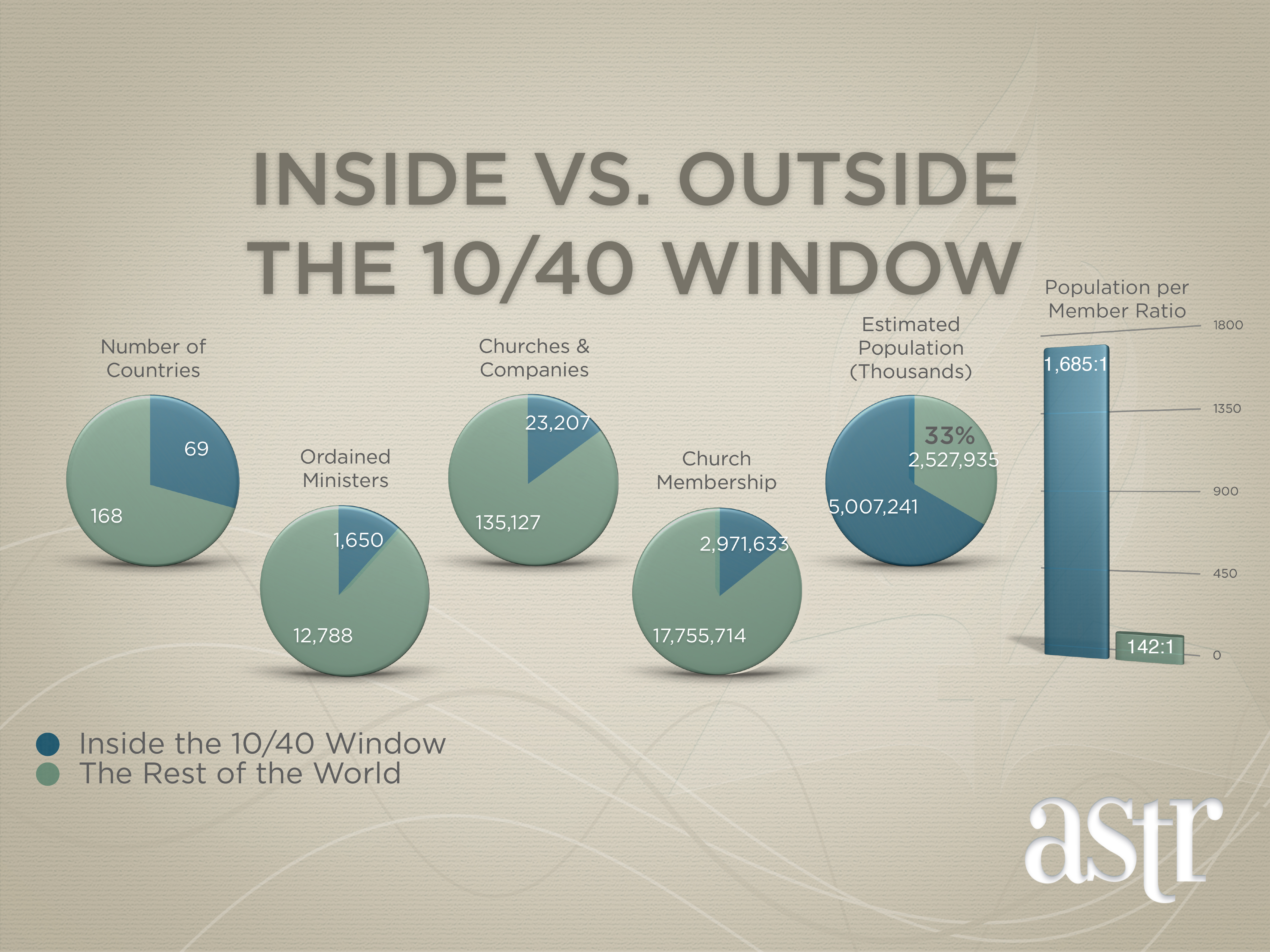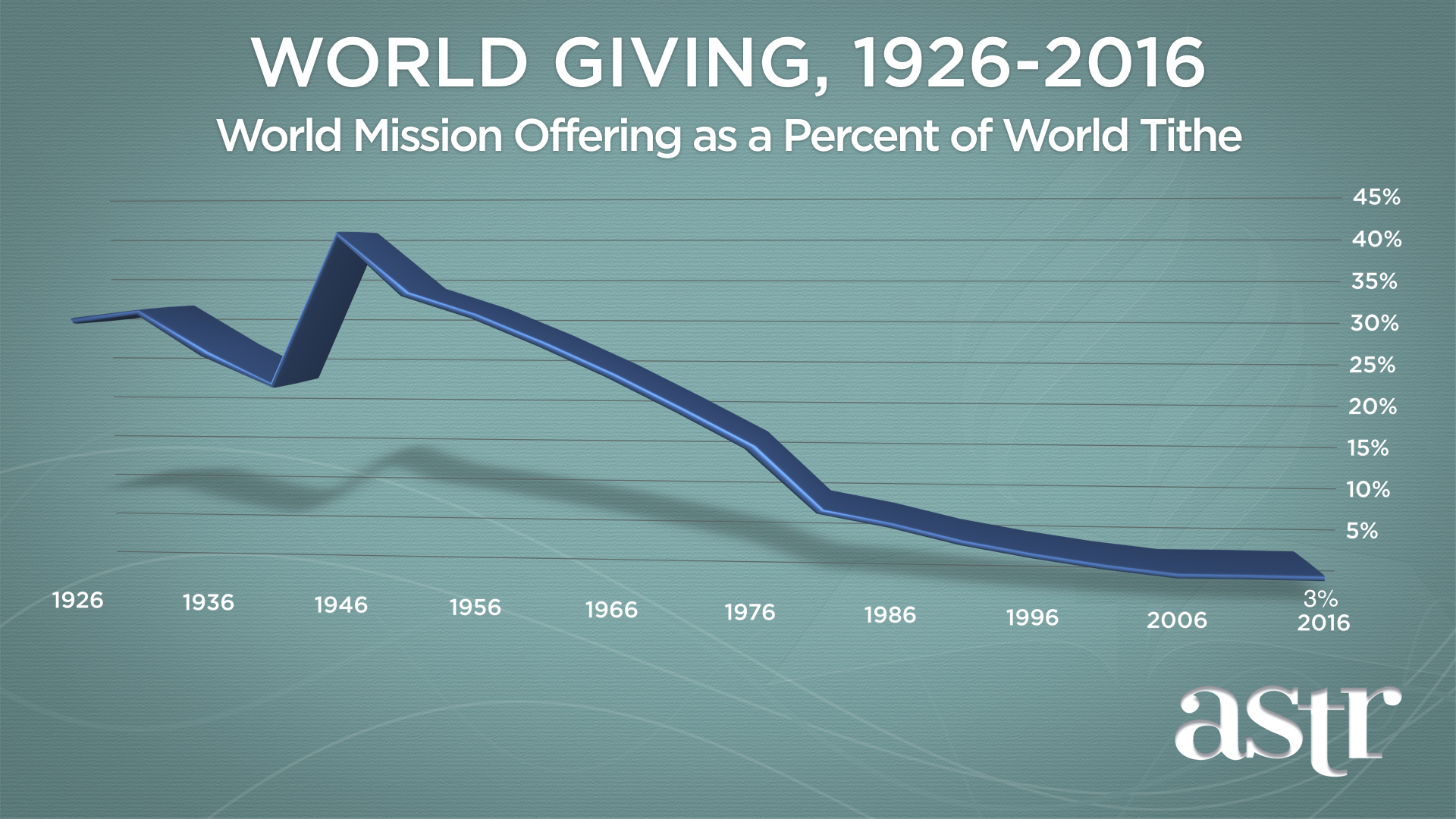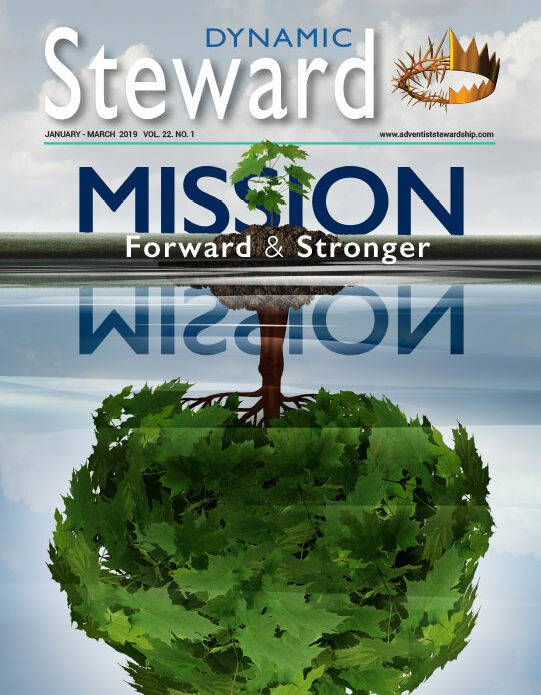HOW THE MISSION OFFERING SUPPORTS MISSIONARIES
A worldwide mission requires a global offerings plan.
by Delbert Pearman
The Seventh-day Adventist Church has accepted the gospel commission given by Jesus Christ to take the gospel “to every nation, kindred, tongue and people” (Matt. 28:18-20), and everyone who becomes a member automatically becomes a missionary in carrying out this mandate. Therefore, the greatest missionary force the church has is its laity, who labor for the salvation of souls in whatever place they occupy.

Engaging in missionary activity at home or regions beyond has a threefold purpose. It fulfills the command of Jesus in Mark 16:15 to “go into all the world and preach the gospel to every creature” (NKJV). God died to reconcile the world unto Himself; therefore, through us, He wants to provide everyone an opportunity to experience His saving grace. It fulfills the request of Christ in John 17:11, 21, “that they may be one as We are” (verse 11, NKJV). The exchange of workers and resources aids in fostering the unity of the church around the world. Also, it fulfills the promise of Christ in Acts 1:8 that “you shall receive power when the Holy Spirit has come upon you” (NKJV). In this context, the purpose of the Holy Spirit is to provide power for witnessing. Without engaging in mission, the church and its membership would lack spiritual power.

The command to “Go” gives the church a purpose. The request that “we be one” gives us a precedence, and the promise of the Holy Spirit endows the church with power.
Today, the international missionary-sending component of the GC has evolved into one of its largest enterprises
General Conference International Missionary-sending Initiatives
Two thousand and eighteen marks the one hundred forty-fourth year since the General Conference of Seventh-day Adventists (GC) sent out John Nevins Andrews as its first international missionary. Today, the international missionary-sending component of the GC has evolved into one of its largest enterprises. The GC has established several mission programs to accommodate the need for missionaries in areas of the world where t heir skills and abilities are needed. One such mission initiative is the Adventist Volunteer Service (AVS) program, whereby lay members may donate a portion of their time, between two months and two years of service. Under this program, the individual retains their lay-member status, but receives accommodations, insurance, and a living allowance from the host organization during the time they are serving. They serve in a variety of positions, but mostly as school teachers at home and abroad.
Another mission initiative is the Global Mission (GM) program, whereby lay members selected by the local conference/mission engage in church-planting activities among people groups where the church is not well established within its territory. Within the GM initiative is the focus on establishing urban centers of influence, the Waldensian student program where Adventist scholars enroll in public universities for reaching their fellow students and professors with the gospel. There is also the Tentmaker program, whereby experts or professionals work in a location where few Adventists exist and establish a worship group. Financial support for the GM pioneer program is shared between the GC, local division, union, and mission.
The primary missionary-sending program of the GC is the International Service Employee (ISE) program. Under this program, the missionary is a full-time employee of the organization and receives a full salary, allowances, and retirement benefits. They come “from everywhere and go to everywhere” as ISEs come from 75 countries and serve in 108. Today, there are about 3,149 missionaries sponsored by the GC that fall under the three categories mentioned above, plus another 1,769 who are sent out by the divisions and unions. In addition, there are numerous mission groups that go out from the local churches, schools, and self-supported mission agencies, each doing their part to prepare the world for Christ’s imminent return.
Finances and Mission
To provide adequate support for the missionary family, the Adventist Church weighs three components in determining their compensation: (1) the local cost and standard of living in the place of assignment, (2) the cost of living in the home country and the need to provide for ongoing expenses at home, and (3) provision for some savings at home to aid in getting reestablished at the end of mission service. In addition to these three components, the GC provides other allowances to support the missionary family, such as travel to the place of assignment, freight and outfitting allowances, educational assistance for dependents, continuing education for professional licensure, annual visits to immediate family back at home, health-care insurance, and language study. Working with multiple currencies, inflation/deflation and exchange rate risks, retirement plans, and payroll tax considerations complicates the process for sustaining our missionaries in the field, but the church sees the process as being necessary to fulfilling its gospel mandate to the world.
The international service employee remuneration policy is built upon the premise that “there are needed in the cause of God workers who will make a covenant with Him by sacrifice, who will labor for the love of souls, not for the wages they receive” (Ellen G. White, Counsels on Health, p. 302).
The GC would not be able to operate an efficient missionary-sending program if it were not for the generosity of our members. The support for the ISE families serving around the world is made possible by an allocation of 16.5 percent of the Tithe and unrestricted Mission Offerings that come to the GC through the local church and specific donations. While only about 2 percent of the world Tithe comes to the GC—except for the North American Division, which sends 6 percent—100 percent of the Sabbath School and World Mission Funds come to the GC, which makes it possible for the world church to operate a vibrant missionary program that spans the globe. (The article “Mission Offerings: Questions and Answers” explains how territories that are on the Combined Offering Plan participate in the Sabbath School and World Mission Funds.) In this way the work expands proportionately, and we praise God for the results.

Need to Intensify Mission Activity
While there is much to rejoice over with 1.27 million new members joining the Remnant Church through baptism in the past year, and a new church being organized every three hours and forty minutes, we are still challenged with losing 403,466 members through apostacy or missing last year. Then there remain 21 countries that are officially closed to an Adventist presence. There are also majority people groups within countries that have an official Adventist presence that are still unreached. Of the 1.27 million new members, only a small fraction is from the non-Christian world religions. These are constant reminders that we cannot relax; rather, our mission intensity must increase as we draw closer to the end of time.
As stewards of the Lord’s resources, let’s do our part individually and collectively to bring all the Tithes and offerings into the “storehouse” (Mal. 3:10), so there are sufficient means that those who “preach the gospel should live of the gospel” (1 Cor. 9:14).

